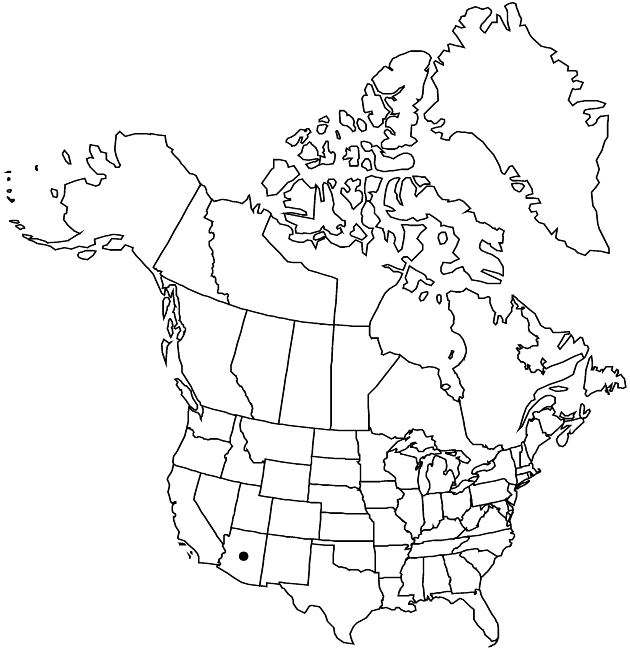Difference between revisions of "Senecio multidentatus var. huachucanus"
Phytologia 67: 238. 1989.
Basionym: Senecio huachucanus A. Gray Proc. Amer. Acad. Arts 19: 54. 1883
Treatment appears in FNA Volume 20. Treatment on page 567.
FNA>Volume Importer |
FNA>Volume Importer |
||
| Line 53: | Line 53: | ||
|publication year=1989 | |publication year=1989 | ||
|special status= | |special status= | ||
| − | |source xml=https://jpend@bitbucket.org/aafc-mbb/fna-data-curation.git/src/ | + | |source xml=https://jpend@bitbucket.org/aafc-mbb/fna-data-curation.git/src/f50eec43f223ca0e34566be0b046453a0960e173/coarse_grained_fna_xml/V19-20-21/V20_1274.xml |
|tribe=Asteraceae tribe Senecioneae | |tribe=Asteraceae tribe Senecioneae | ||
|genus=Senecio | |genus=Senecio | ||
Revision as of 21:24, 16 December 2019
Perennials, 60–100+ cm (rhizomes weakly spreading). Herbage glabrous or sparsely and unevenly floccose or tomentose. Stems single (erect). Leaves evenly distributed; petiolate; blades ovate to lanceolate, (7–)10–20+ × 4–6(–7) cm, bases ± tapered, margins dentate or denticulate (denticles callous; distal leaves smaller, clasping, bractlike). Heads 4–12 in open, cymiform arrays. Calyculi of 5–10 bractlets (0.5–2.5 mm). Phyllaries ± 13, 4–6(–7) mm, tips black. Ray florets ± 8; corolla laminae 5–8 mm. Cypselae glabrous.
Phenology: Flowering spring–summer.
Habitat: Mountains
Elevation: 1800–2200 m
Discussion
Of conservation concern.
Variety huachucanus is in the Center for Plant Conservation’s National Collection of Endangered Plants.
Selected References
None.
Lower Taxa
None.
